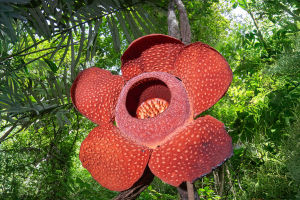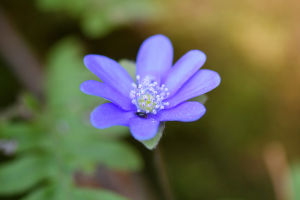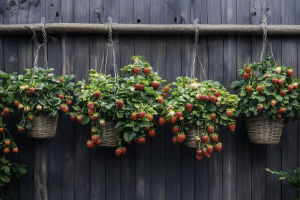We've all seen mushrooms growing on the side of a trail or in our gardens. Some look delicious and tempting to pick, especially if we love cooking or hiking. But here's the thing: not all mushrooms are safe, and mistaking a toxic one for an edible type can lead to serious health risks—or worse.
So today, let's walk through how we can tell the difference between poisonous and non-poisonous mushrooms. Whether we're planning a forest walk or just curious, this is a skill worth learning.
Are all wild mushrooms dangerous?
Not all, but many wild mushrooms are risky. Some are edible and delicious, like chanterelles and porcini, but others—like death caps and destroying angels—can be fatal even in small amounts. What's even scarier? Toxic mushrooms often look very similar to safe ones.
That's why the number one rule in mushroom hunting is this: if we're not 100% sure, we shouldn't eat it.
Key signs of toxic mushrooms
Let's look at a few red flags that might help us avoid dangerous mushrooms. These signs aren't foolproof, but they can keep us cautious:
1. White gills and white spore prints
Many deadly mushrooms, like the death cap, have white gills underneath the cap. To check a spore print, we can place the cap on paper overnight and see the color of the spores. If they're white, be extra careful.
2. Bulbous base or a ring around the stem
Some toxic mushrooms have a swollen base underground or a "collar" around their stalk. These features are common in dangerous species like the Amanita family.
3. Bright colors or foul odors
While not always the case, some poisonous mushrooms have bright, flashy caps or smell unpleasant. But don't rely solely on looks—some deadly types look completely harmless.
4. Rapid bruising or color change
If the mushroom flesh quickly turns blue or black when touched, it may be a warning sign. Some species with these traits are known to be harmful.
Common poisonous mushrooms to avoid
Let's get to know a few mushrooms we should absolutely avoid:
• Death Cap (Amanita phalloides): Pale green or white, and often mistaken for an edible type. It contains toxins that damage the liver.
• Destroying Angel (Amanita virosa): Pure white and deadly. It's easy to confuse with edible mushrooms like puffballs.
• False Morel (Gyromitra species): Looks wrinkled and odd—some varieties are extremely toxic, especially when undercooked.
• Panther Cap (Amanita pantherina): Resembles edible mushrooms but causes severe neurological effects (delirium, seizures).
Safe mushroom tips for beginners
If we're new to identifying mushrooms, here are some good habits to stick with:
• Go with a guide. Join a local mushroom foraging group or walk with someone who knows the area well.
• Use a reliable field guide. There are great books and apps that show side-by-side comparisons of toxic and edible species.
• Learn a few safe types first. Start with easy-to-recognize mushrooms like morels or puffballs, and study their toxic look-alikes.
• Don't rely on myths. Some old sayings—like "if animals eat it, it's safe"—are not reliable at all.
What to do if you suspect poisoning
If someone eats a wild mushroom and starts feeling sick, it's important to act fast. Do not wait for symptoms to pass. Go straight to the hospital and, if possible, bring a piece of the mushroom for identification. Symptoms can take hours to appear but still be life-threatening.
Better safe than sorry
While exploring nature and finding wild mushrooms can be fun and rewarding, we should never take chances. Mushroom poisoning is serious, and there's no room for guesswork. Even experienced foragers can get tricked sometimes, so we should always stay cautious.
Lykkers, have you ever foraged for mushrooms, or are you thinking about trying? Would you trust yourself to spot a dangerous one in the wild? Let's chat about it—your story might help someone stay safe too!


